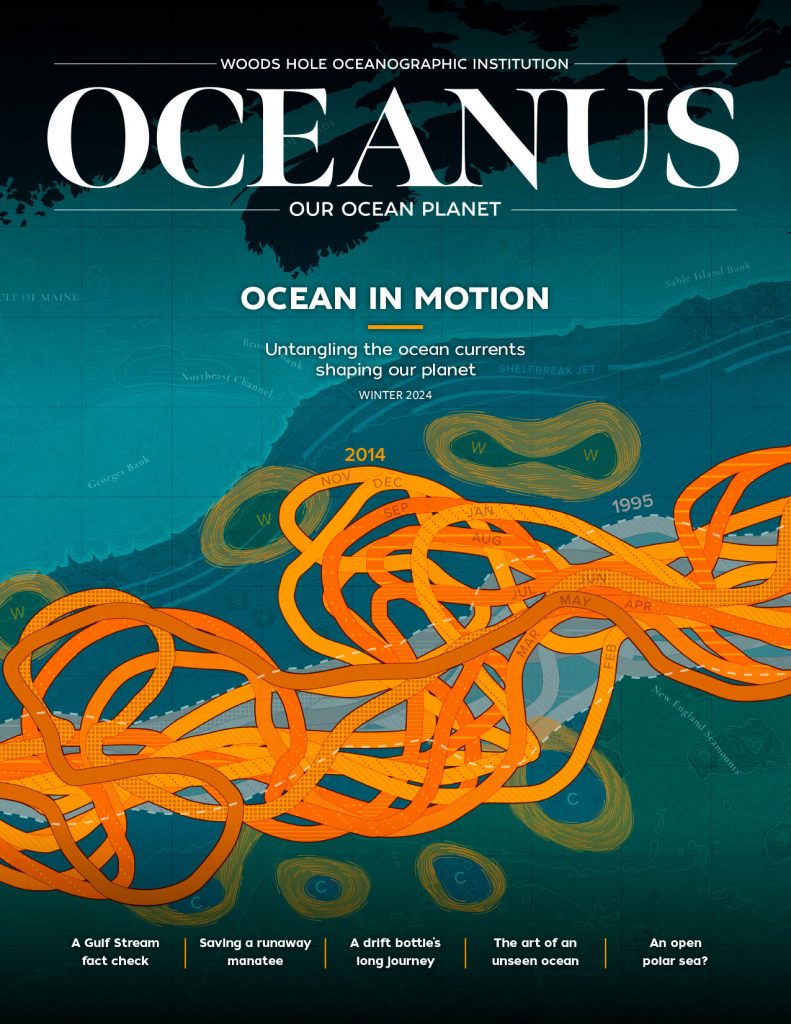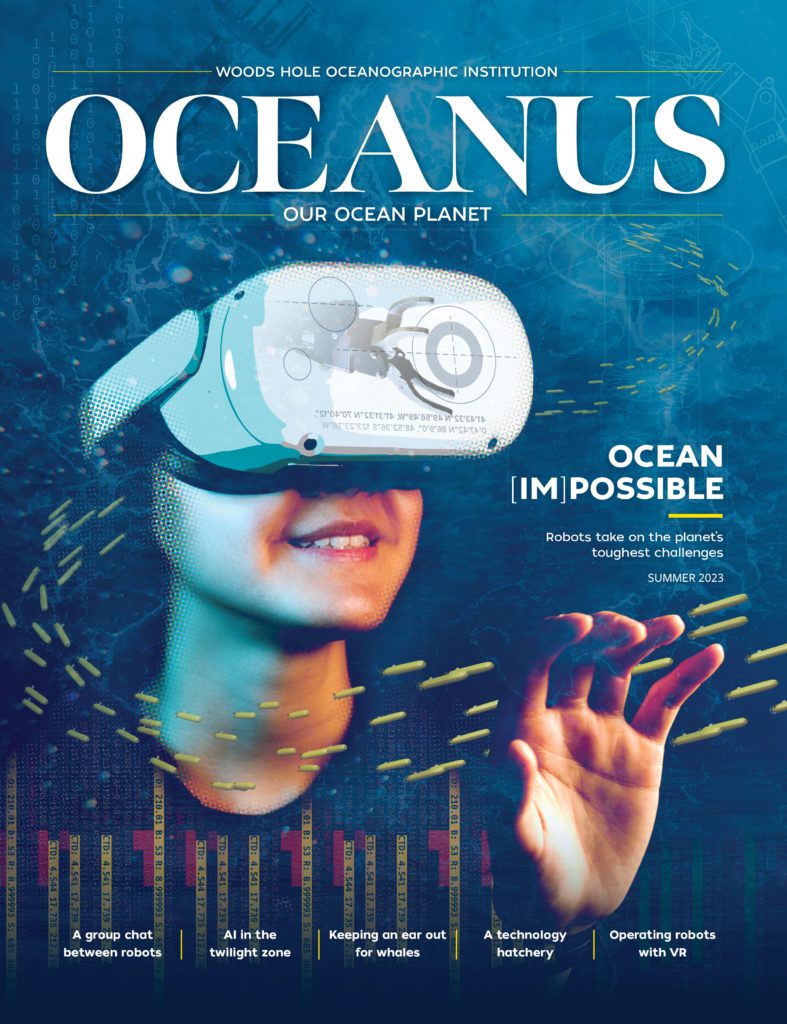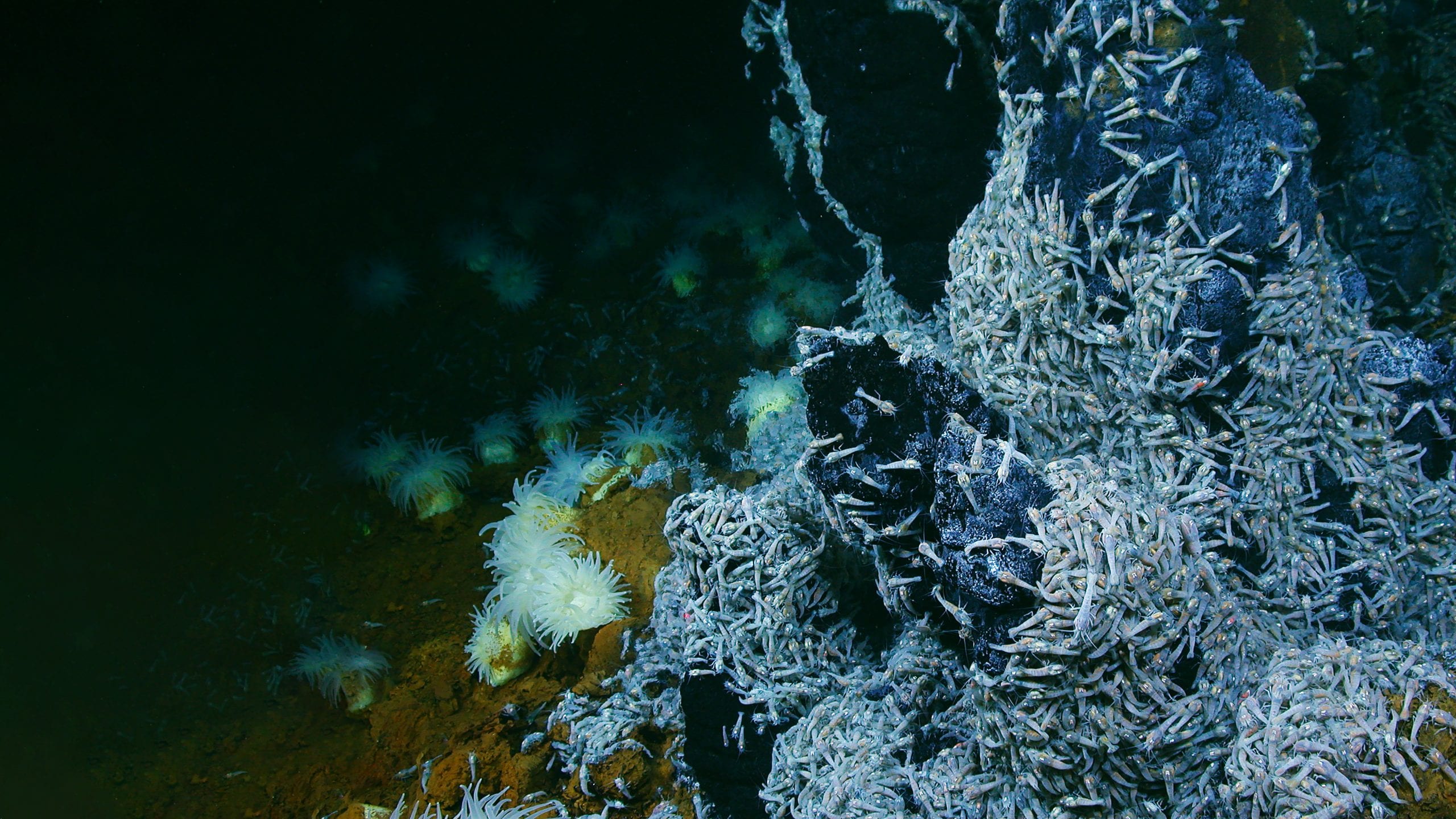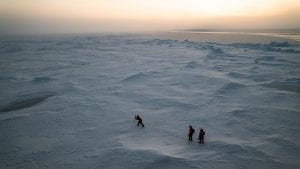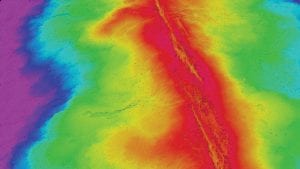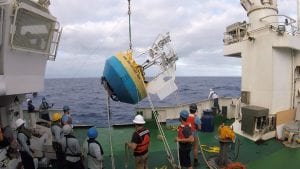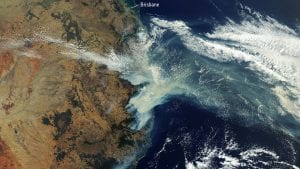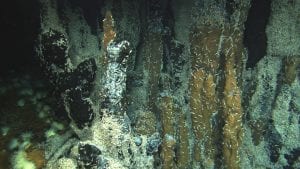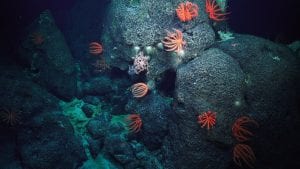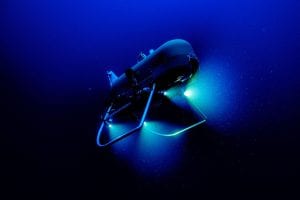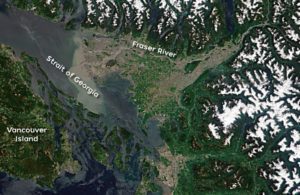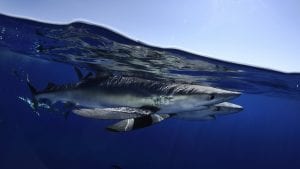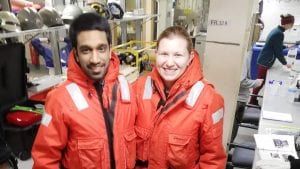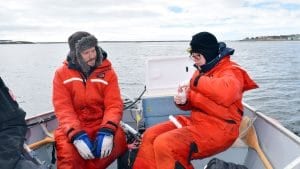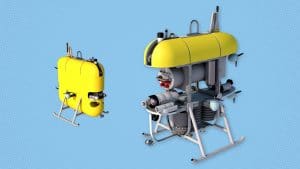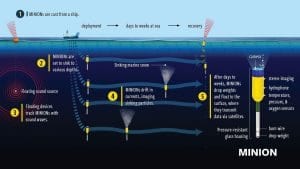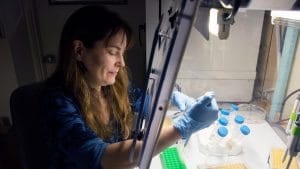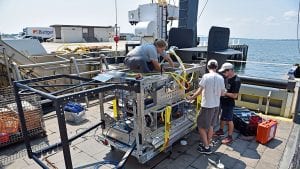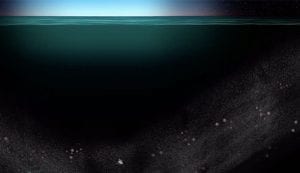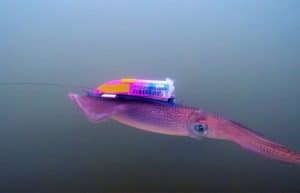How the Ocean Works
Going the Distance
Unraveling the mysteries of the vast global ocean means entering some of the most remote and dangerous places on the planet.
A new ocean soundscape
Combining his passions for marine chemistry and music, an MIT-WHOI Joint Program student converts data…
The teacher who never misses the chance to Dive & Discover
Middle-school classroom participates in every Dive & Discover expedition since 2000
Five extreme places to do ocean research
Whether they're under the ice at the furthest poles or hovering above the ocean's deepest…
Racing an undersea volcano
Using AUV Sentry to make a high-resolution, near-bottom, seafloor map before the next volcanic eruption…
Tracking change in the Arctic Ocean
Changes in the Arctic Ocean are becoming clearer, thanks to an ocean monitoring network maintained…
Investigating the ocean’s influence on Australia’s drought
Researchers look to the Indian Ocean for clues on how Australia’s blazing wildfires and bone-dry…
Finding answers in the ocean
The test being used to diagnose the novel coronavirus—and other pandemics like AIDS and SARS—was…
Putting the ‘nuclear coffin’ in perspective
WHOI chemist and marine radioactivity expert shares his thoughts about radioactivity waste leaking from Runit…
Why we explore deep-water canyons off our coast
WHOI biologist Tim Shank joins NOAA Fisheries, the National Centers for Coastal Ocean Science, the…
The Rise of Orpheus
WHOI’s new deep-sea autonomous underwater vehicle moves one step closer to exploring the hadal zone—the…
Where the Rivers Meet the Sea
Estuaries are the borderlands between salt and freshwater environments, and they are incredibly diverse both…
A tunnel to the Twilight Zone
Scientists track hungry blue sharks as they ride swirling currents down to the ocean twilight…
Tracking Radium in the Arctic
Jessica Dabrowski is an ocean chemist and a second-year graduate student in the MIT/WHOI Joint…
Meet the ChemYak!
WHOI scientist Anna Michel discusses our new ocean surface robot.
A Rainfall Forecast Worth its Salt
WHOI scientist Ray Schmitt and sons take top prize in rainfall forecasting competition.
Mesobot, Follow that Jellyfish!
WHO scientists and engineers are developing an innovative autonomous deep-sea vehicle with hovering and manuevering…
Chasing Ocean ‘Snowflakes’
Scientists envision putting a flotilla of devices in the ocean to act as “eyes” that…
Round Up the Unusual Suspects
A variety of genetic techniques are advancing ocean scientists' ability to identify which organisms live…
A ‘Ticking Time Bomb’ in the Arctic
Scientists discover that the amount of heat in a major Arctic Ocean circulation system has…
The Deep-See Peers into the Depths
Decades of research from many WHOI scientists and engineers have culminated in a multifaceted vehicle…
Daily migration
Many twilight zone organisms participate in the largest migration on the planet. It happens around…
To Tag a Squid
How do you design a tag that can attach to a soft-bodied swimming animal and…
